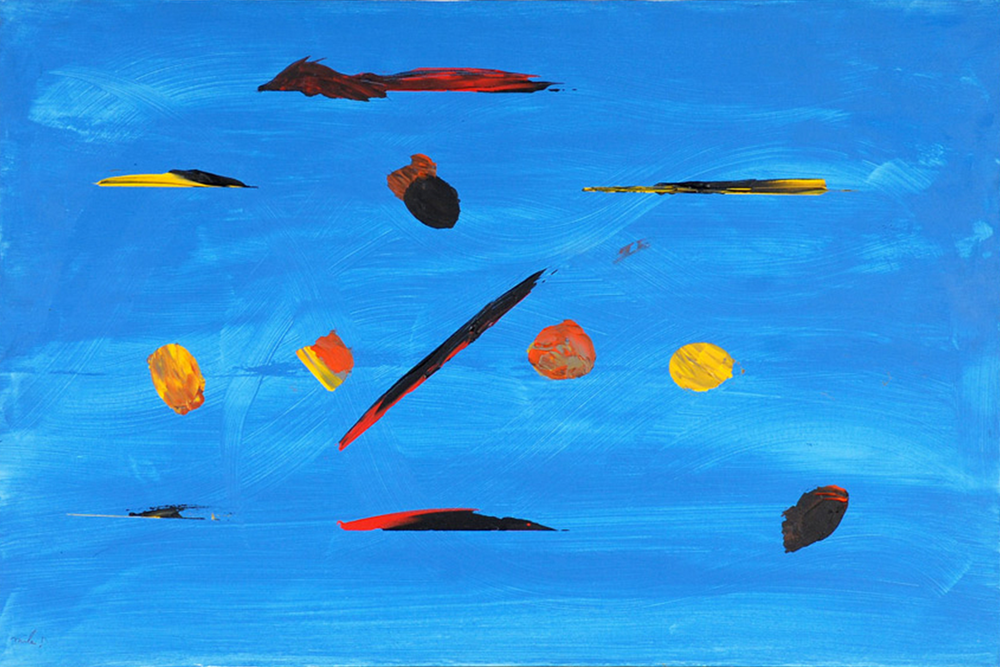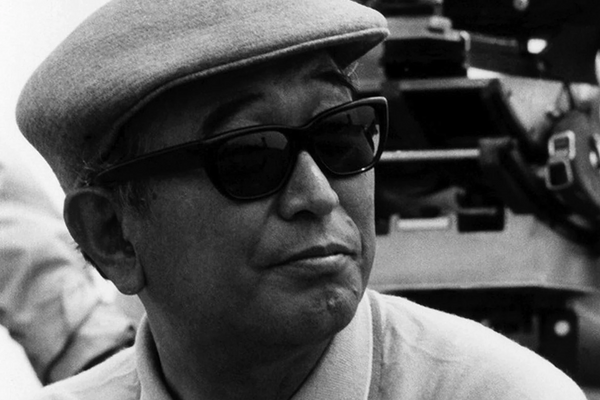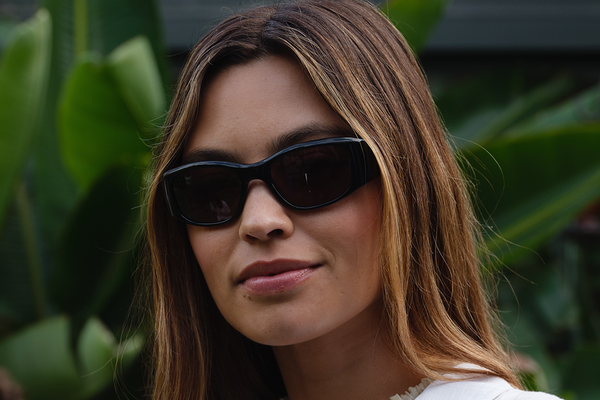
True to his word, Davis took up painting in the 1980s – the last decade of his career. It was during this period of musical innactivity that he poured himself into a new artistic outlet, first with drawing and then with painting on canvas in bright, striking colors. Some of these works were featured on his album covers, including a self-portrait in yellow, red and green for 1989’s Amandla. But for the most part, his paintings were not exhibited until after his death. It is ironic because they feel so vigorous and so alive.

Davis’ painting style was bold and expressionistic. Abstract figures, colorful geometric shapes and references to African tribal art create rhythmic intensity. The influence of Kandinsky, Jean-Michel Basquiat and Picasso are evident, but Davis’ aesthetic was unique to himself. His compositions are cacophonous but there’s a kind of harmony in their self-assured, unrelenting attitude.

During this phase of his career, Davis devoted himself to painting with the sort of intensity and commitment he had once reserved for making music. Like his music, his painting style is improvosational and dynamic, yet intimate. His music, no doubt, informed his painting sensibility and perhaps his painting affected the way he came to understand music.
There’s a clip on YouTube of Davis speaking on his dive into the visual arts. He’s sketching as he’s sharing thoughts on “creative juices,” Pablo Picasso and the inventive way he makes art. You may notice here that his wardrobe is 100% inspired. He’s wearing a metallic gold suit, black and red patterned silk shirt, a chunky gold chain and oversized “gas station speed” sunglasses. It would seem Davis’ sense of fashion is yet a third form of artistic expression. For the true artist, creativity cannot be contained.



